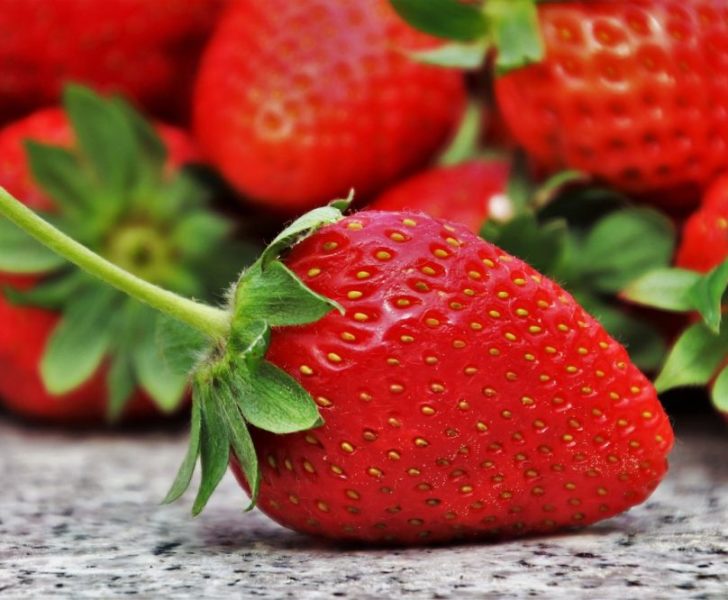Okinawa Diet: Discovering the Secrets of Longevity and Vibrant Health

Overview of Okinawa Diet
The Okinawa diet is a traditional eating pattern that originates from the Japanese island of Okinawa. Renowned for its high life expectancy and low rates of chronic diseases, the Okinawa diet has attracted the attention of researchers and health enthusiasts worldwide. This article will provide a comprehensive exploration of the Okinawa diet, including its various types, popularity, and key principles.
Understanding the Okinawa Diet

The Okinawa diet is primarily focused on plant-based foods such as vegetables, legumes, and whole grains. It emphasizes the consumption of low-calorie, nutrient-dense foods while limiting the intake of animal products and processed foods. The traditional Okinawan diet is known for its abundance of locally sourced ingredients, including purple sweet potatoes, bitter melons, and seaweed.
Exploring Different Types of Okinawa Diets
While the core principles remain the same, there are different approaches to the Okinawa diet. Some variations incorporate small amounts of fish, tofu, or lean meats, while others adhere strictly to a plant-based, vegan diet. Popular adaptations include the Light Okinawa Diet and the Okinawa Food Guide Pyramid, which provides a visual representation of portion sizes and food choices for optimal health.
Quantifying the Okinawa Diet
Studies have revealed intriguing quantitative measurements of the Okinawa diet, shedding light on its potential health benefits. The Okinawan people traditionally consume fewer calories than the average Japanese population, with an energy intake of around 1,800-1,900 calories per day. Additionally, their diet is exceptionally low in saturated fats and high in dietary fiber, predominantly sourced from fruits and vegetables. These dietary characteristics contribute to their longevity and decreased risk of diseases such as heart disease and certain cancers.
Comparing Different Okinawa Diet Approaches
Despite sharing common principles, different Okinawa diet variations have varying degrees of strictness and flexibility. Some versions prioritize calorie restriction and intermittent fasting, while others allow for a more balanced approach. It is important to understand the nuances of each approach and choose one that aligns with individual goals and preferences.
A Historical Perspective on the Pros and Cons of Okinawa Diets
Throughout history, the Okinawa diet has garnered attention for its potential benefits as well as its limitations. Advocates of the diet highlight its association with enhanced longevity, reduced oxidative stress, and improved insulin sensitivity. However, critics argue that the specific genetic and environmental factors unique to Okinawa may contribute significantly to the observed health outcomes, making it challenging to replicate the same results in other populations.
In conclusion, the Okinawa diet showcases the potential of a nutrient-rich, plant-based eating pattern in promoting health and longevity. While different variations exist, all emphasize the importance of whole foods, portion control, and mindful eating. It is crucial to consider individual needs and consult with healthcare professionals before embarking on any specific diet. By incorporating elements of the Okinawa diet into our own lives, we can strive towards optimal health and well-being.
Key Takeaways:
– The Okinawa diet is a traditional eating pattern from the Japanese island of Okinawa.
– It primarily focuses on plant-based foods, while limiting animal products and processed foods.
– Different variations exist, including those that include small amounts of fish or lean meats.
– The Okinawa diet is quantitatively characterized by low calorie intake and high intake of dietary fiber.
– The diet’s potential benefits are balanced with the unique genetic and environmental factors of the Okinawan population.
– Individuals should personalize their approach to the Okinawa diet based on their goals and preferences.











